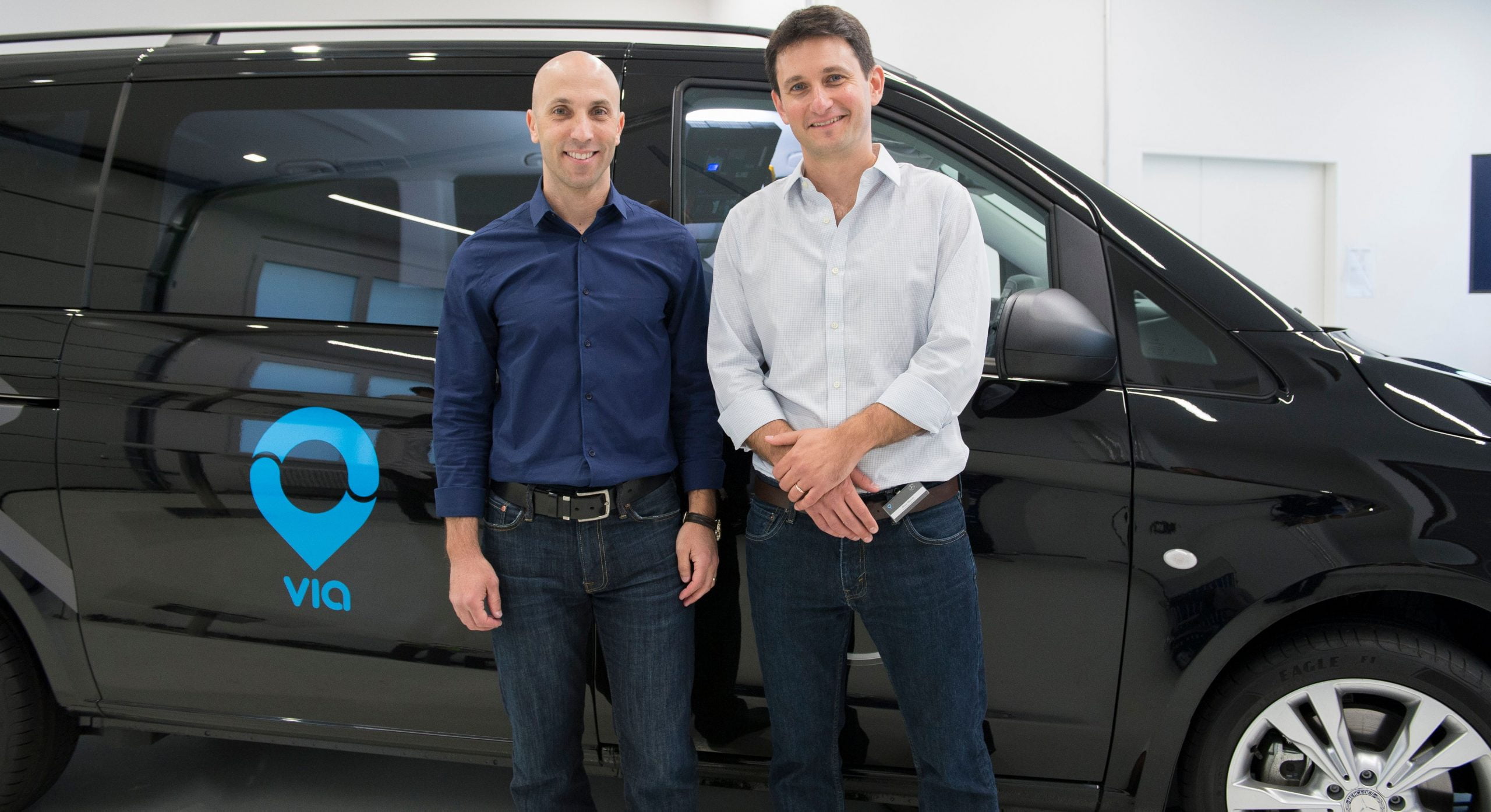"Exchange of views on the roll-out of the Basic Accessibility Decree"
With the new mobility vision, Flanders is focusing on more efficient public transport, geared to our bicycle and road network. The train network remains the backbone of public transport in Flanders for which the Federal Government is responsible. We also know the core network, the transport layer on the major axes of the Flemish Government, currently being implemented by De Lijn. It has a high demand for transport and focuses mainly on buses and trams in the large residential areas, schools, hospitals and commercial centres.
With an additional network, the buses between smaller towns and municipalities, the supply to the core network must be ensured. Finally, within the mobility landscape we know tailor-made transport (VOM). This transport focuses on specific questions from people who do not have access to other transport layers. This transport mainly focuses on local buses, collective taxis on call and sharing systems. This last part is carried out by private operators.
Together we make the mobility switch: "We are now in the information phase where we avoid the name basic accessibility. At the moment there is no citizen who will understand that. Hence the term mobility switch."
Filip Boelaert (Secretary General, Department of Mobility and Public Works)
Particularly painful because even Minister Lydia Peeters was not aware of the change from the name basic accessibility to mobility switch. Are you a civil servant who wants to explain the mobility switch clearly to the citizen? Or are you looking for more information about the basic accessibility decree? on www.basicaccessibility.be you will find everything you need to know.
"Minister, it takes time to do things 'now'"
Sir Humphrey Appleby
The big question is why the redrawing of the mobility landscape is taking so long? According to Lydia Peeters, Flemish Minister of Mobility and Public Works, the average lead time is approximately 9 months from the start of a new text, proposal for a decree and the collection of all advice such as budgetary impact and legal advice. Only when a political agreement is reached on the dossier will a first approval in principle follow. With shame on her cheeks, Lydia Peeters has to come and explain again and again why it all has to take so long. The worst thing that can happen to an economic sector is not knowing what will happen in 6 months. And that is exactly where this file currently stands, despite all efforts.
mobility vision
The mobility vision at strategic level in the transport region gives substance to the mission and objectives of the Flemish Parliament Act. The planning horizon is 10 years with a view to an even longer term. The structure consists of 3 parts, the strategic vision, the operational policy objectives in the short term and an action plan, followed by monitoring. In 2022 we should not expect much other than a few test scenarios and pilots.
It has now even become apparent that January 2023 is no longer feasible. As the current picture looks, according to Peeters, we can reach a tipping point in July 2023. We are talking about VOM flex+ and VOM flex/belbus. From a IT-technical point of view, the Hoppincentrale will provide the route plan and the app from July 2022. A pilot is planned in the autumn in two test regions.
Flex, Flex+, shared bicycles and shared cars and the spot market. They are all terms for users in target groups. First & last mile: before and after transport (e.g. from home to station). For this purpose, 8+1 vehicles are used, and even taxis can be used. The tailor-made transport offer is laid down in regional transport plans by the transport regions. The offer has been brought together with the database VoM stops drawn up by De Lijn. Leave the chips VIA to plan through supply. Schedules are the basis for placing orders for vehicles later in the framework of framework contracts.

The contract with ViaVan was concluded on September 2, 2021 after two objection procedures. The official kick-off took place on September 16, 2021. Operationally, they are working towards an IT technical platform whose pilot projects will start in two test regions in mid-2022. Version 1.1 VoM-flex+ is expected from January 1, 2023. In the meantime, a whole group users who have also participated and have already tested the first version of the app.
The first results were judged to be quite good and drew attention to specific areas for improvement. The possibility of integrating MaaS systems will only be considered at a much later stage. The use of an API is possible, but the problem now is that many other operators do not want to integrate their services and prefer to see their own app use for the visibility of their product.
Conclusion
In response of the meeting to the presentation of Thursday, March 17, 2022, critical questions were asked about the feasibility of the decree. An incorrect assessment of the complexity of the plan does not really allow setting a new date as a 'deadline'. This has not yet been achieved in any part and there is no guarantee that this will now be the case. In short, basic accessibility, mobility switch or a hoppin point, there is still a lot of work to be done in Flanders before the consumer will notice it. The suggestion to have a plan B ready to deal with unforeseen delays is becoming increasingly common. Criticism of Peeters and even the fear that the Flemish Government will pay an American company in the coming years for not making any efforts.
Also read: Dossier Basic accessibility



